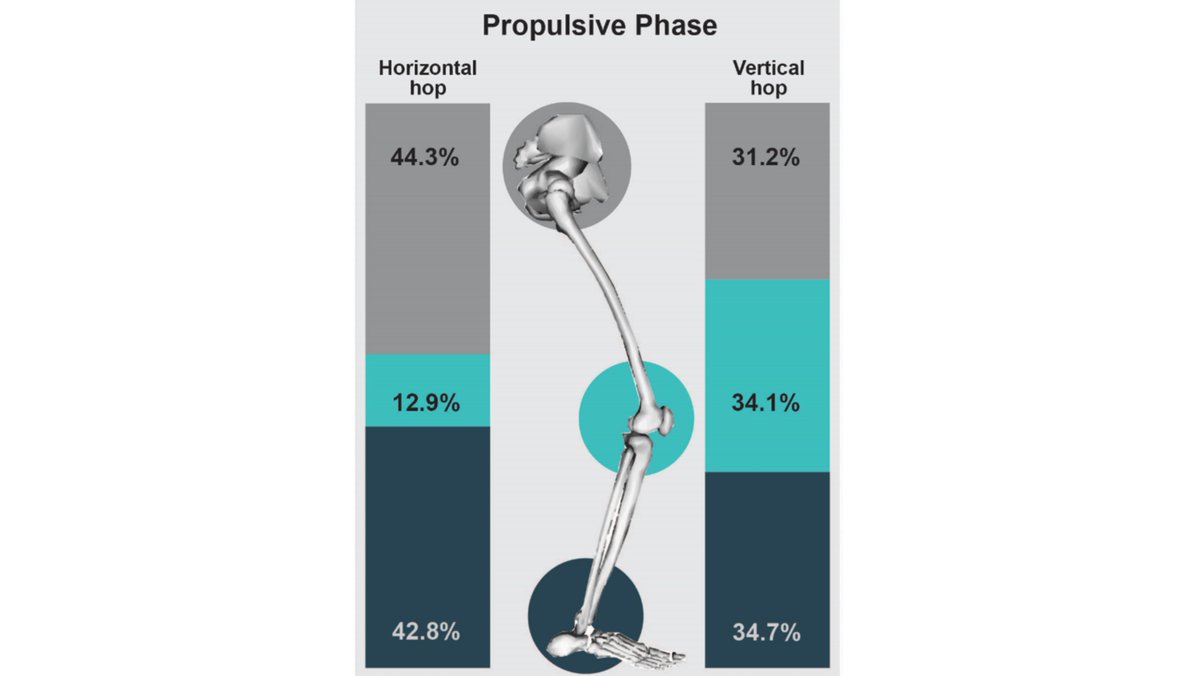
#ReturnToSport testing after #ACLR:
What’s hot, what’s not?
Summary figure based on the below papers:
bit.ly/3IUZizo
bit.ly/41PbDOe
bit.ly/3muCFdS
bit.ly/3YonuzS
bit.ly/3ZJgLBK
bit.ly/3SUmqD4
Check the thread 👇🧵
What’s hot, what’s not?
Summary figure based on the below papers:
bit.ly/3IUZizo
bit.ly/41PbDOe
bit.ly/3muCFdS
bit.ly/3YonuzS
bit.ly/3ZJgLBK
bit.ly/3SUmqD4
Check the thread 👇🧵

• • •
Missing some Tweet in this thread? You can try to
force a refresh















